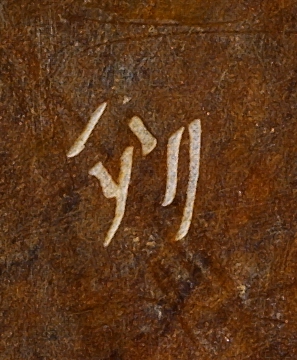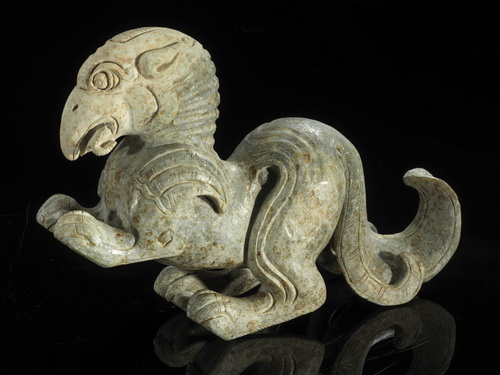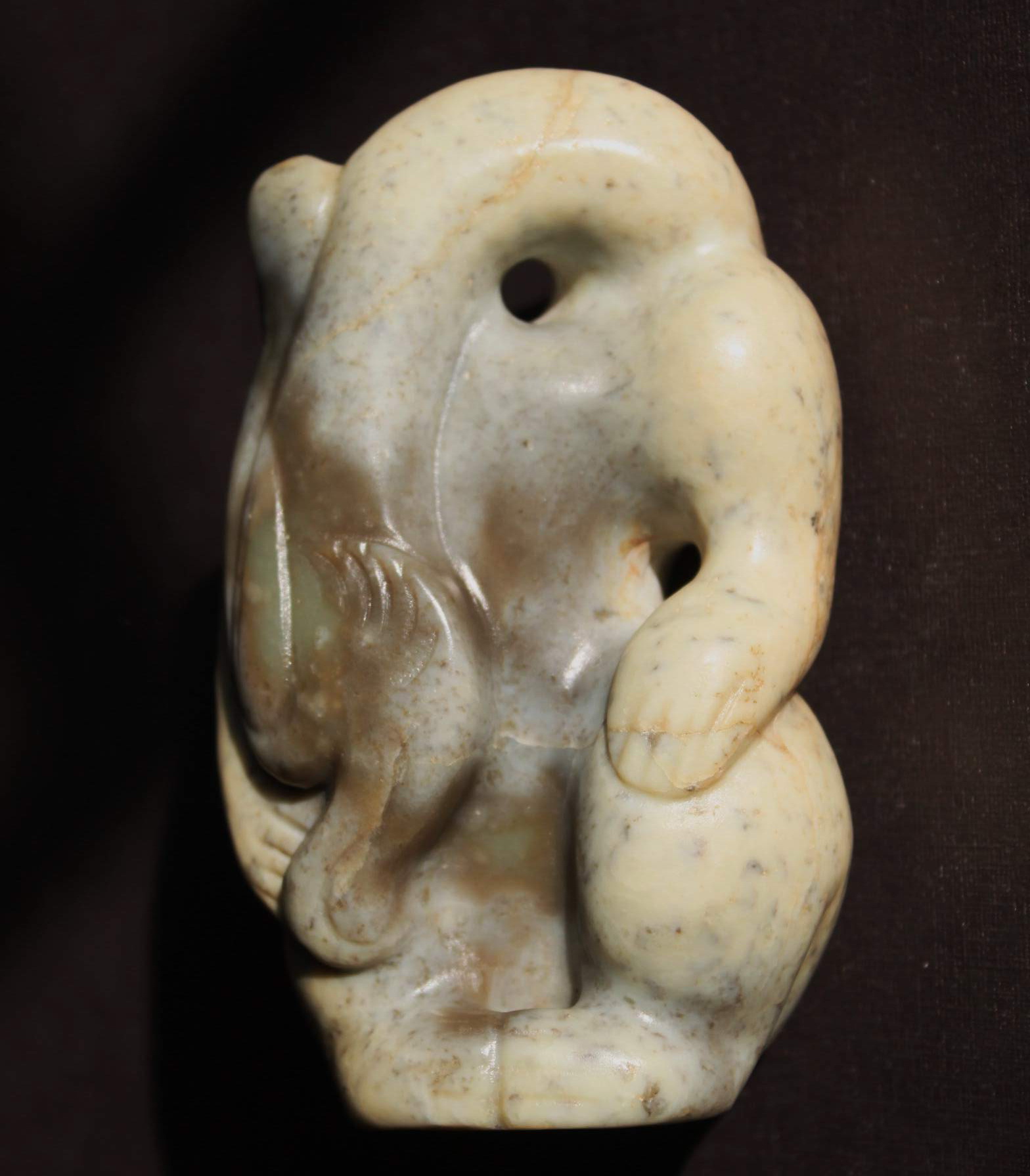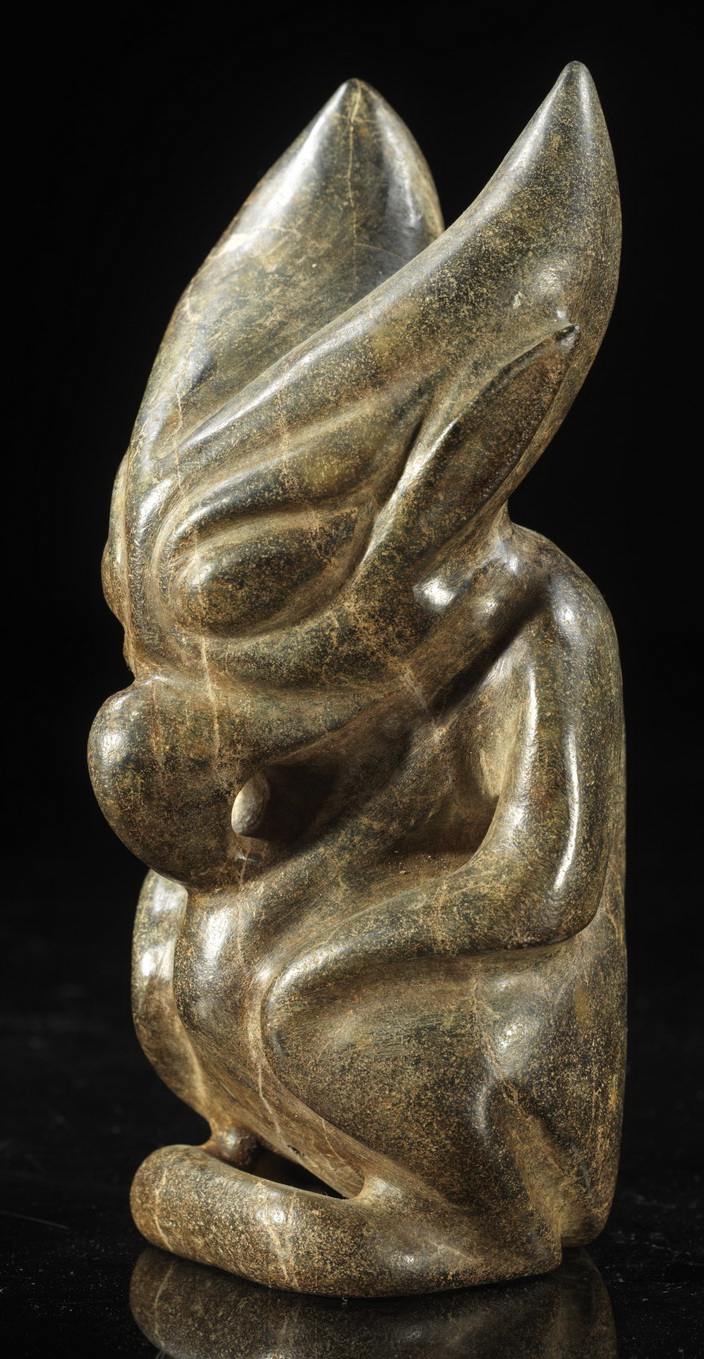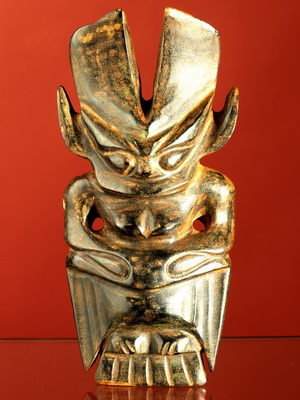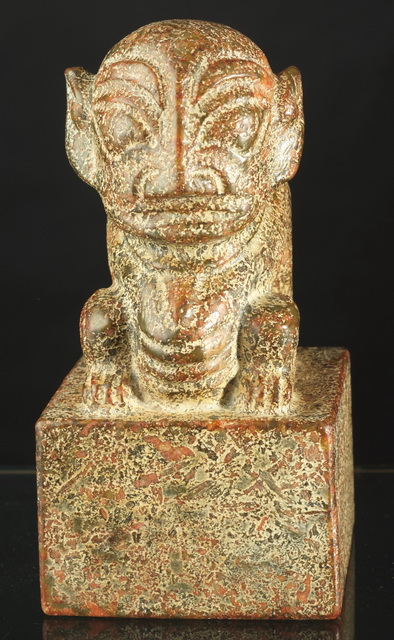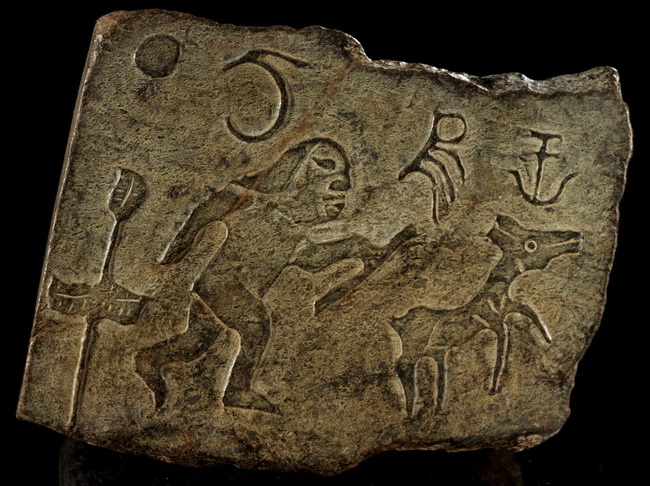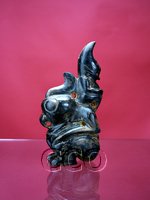Historical
Discoveries
Origins of Chinese Scripts
Ancestry & Environments
List
of Discoveries
Historical
Discoveries:
1.
Western scholars generally only acknowledge the China
history from the Shang era
accountable by records from the
late Shang oracle bone scripts. The need of evidences to
support the Chinese classics of the existence of FuShuShi (斧燧氏), TaHoe (太昊氏),
TaYan
(太炎氏), HuangDi (黃帝), YauDi (堯帝) and CangJi (蒼頡) could
only be rectified by recovering
the character scripts records developed at the Neolithic
Age.
2.
As the author has been well aware that the usages of Chinese character "carved" scripts (書契)
have been referred to in Chinese classics accountable
by by TaHoe (太昊氏),
TaYan (太炎氏),
HuangDi (黃帝), YauDi (堯帝) and CangJi (蒼頡).
However, the whereabout of the remains of
carved scripts is now not traceable in public museums,
nor in modern documentations. During
the past two hundred years, the earliest unearthed
record of scripts development has been
confined to the discovery of the oracle bone scripts of
the late Shang about 3,300 years ago.
3. The late Shang oracle bone scripts have been found
to be well developed matured scripts
of over four thousands scripts. Further more, according
to our
"Liu" (Lau) family tree record,
matured character scripts names have already been used since
the time of HunagDi and
YauDi , by the ancestors of the Liu clan, around 4,705 years ago. CangJi (蒼頡)
at the time
of HuangDi (黃帝) was
said to have consolidated and beautified the character scripts.
In the
public domain however, no
record of the CangJi scripts has ever been identified in the public
domain.
4.
As I began to see the unearthed Neolithic jades with carved
scripts on them in 1979, I have
been convinced
that these early carved scripts might have been carved on
jade stones and
should have remained lying somewhere waiting to be uncovered.
Since 1979, we
began to search systematically for
meaningful samples of Neolithic jades,
particularly with carved/inscribed scripts.
Over these
years, we have collected numerous samples of Neolithic jade
scripts covering a
region from Xiangkiang, Gangsu, Inner Mongolia,
Liaoning, Shangdong, Kaingsu, Zhejiang,
Henan, Shaanxi, and Shanxi. This collection of
Neolithic jades now demonstrates the beginnings
and development of the Chinese character scripts during
the Neolithic period.
5.
Upon many years of our inspection of our Neolithic jades
collection, we have concluded that
jade
media has been utilized in the Neolithic age for carving and inscribing
pictures and scripts.
During the Chinese "New Stone Age", jade has been
utilized to record human mental images,
as well as for making daily utensils for the clan
leaders.
6.
The Neolithic jade scripts in our collection, now serves as
material evidence that Chinese scripts
have been developed over a long period of time since the early
Neolithic age initiating from pictures,
simple geometric strokes to matured scripts. These
scripts have been consolidated and beautified
by CangJie, at the time of HuangDi. The CanJie
name and carved scripts have also been identified
in our Neolithic jade
collection.
7.
The world's prevailing traditional cultures as we know them today, developed from the time of
ConFuTze,
Buddha
from 2,500 years ago and from the Old and New Testaments Jesus from 2,000
years
ago. The humanly doctrines documented from the teachings of these teachings have
been
artificially and humanly conceived models of reality, in contrast to natural intelligence
interacting
with reality in real time, practiced by LaoTze and
others before him.
The recovery of the Neolithic jade carved
scripts has been the results of natural intelligence, guided
by inborn natural gifts.
The spiritual and inspirational nature of the Neolithic
jade sculptures and scripts will permit us to
recover the natural aesthetic creations of these inspirational works of arts.
8. The work of "spirits" in the natural
intelligence revealed itself in the Neolithic Jade
sculptures.
Spirits as the creative inspirations has accounted
for the recovery of the Neolithic collection today
as well as the creation of these master works of art at
the Neolithic times by our ancestors.
The duality of matter and spirits has in modern times confused many
physicists, as well as many
university students in the 19th and 20th centuries. The existence of spirits was
declared unscientific
by classical scientists.
In the 21st century, Information, the modern term for spirits is now measurable
at
quantum state
as a component of matter consisting within particles information
control system of matter.


